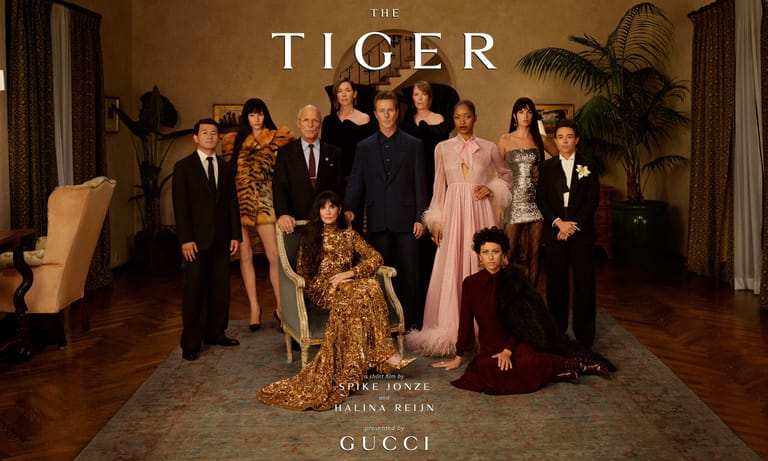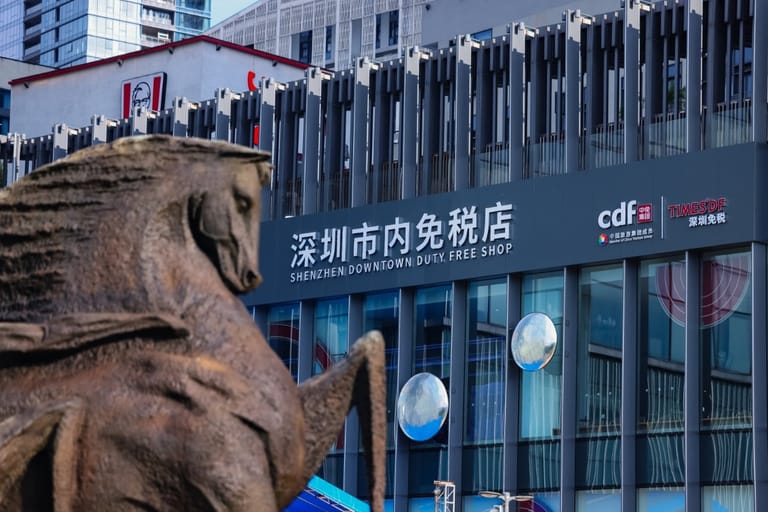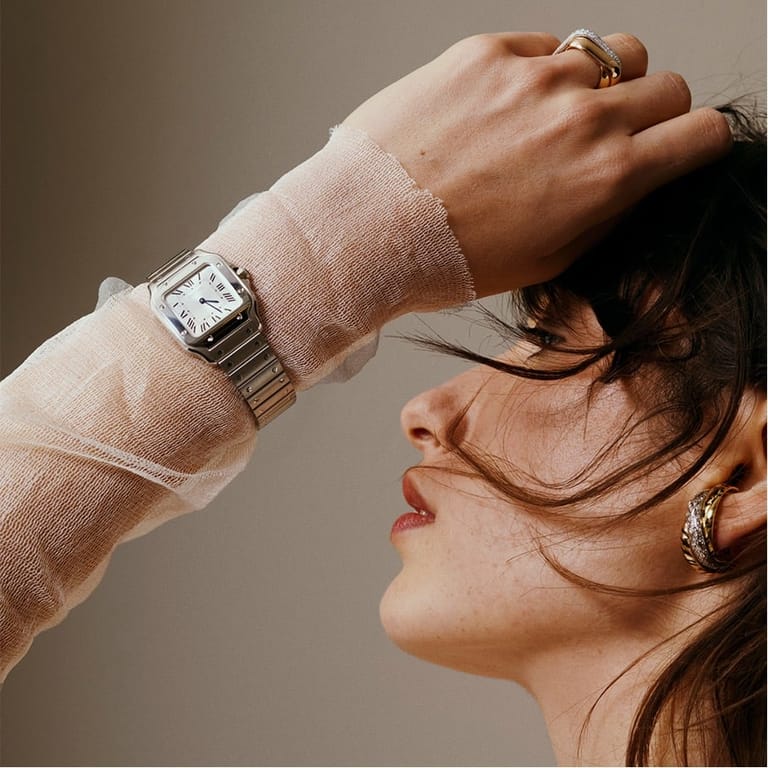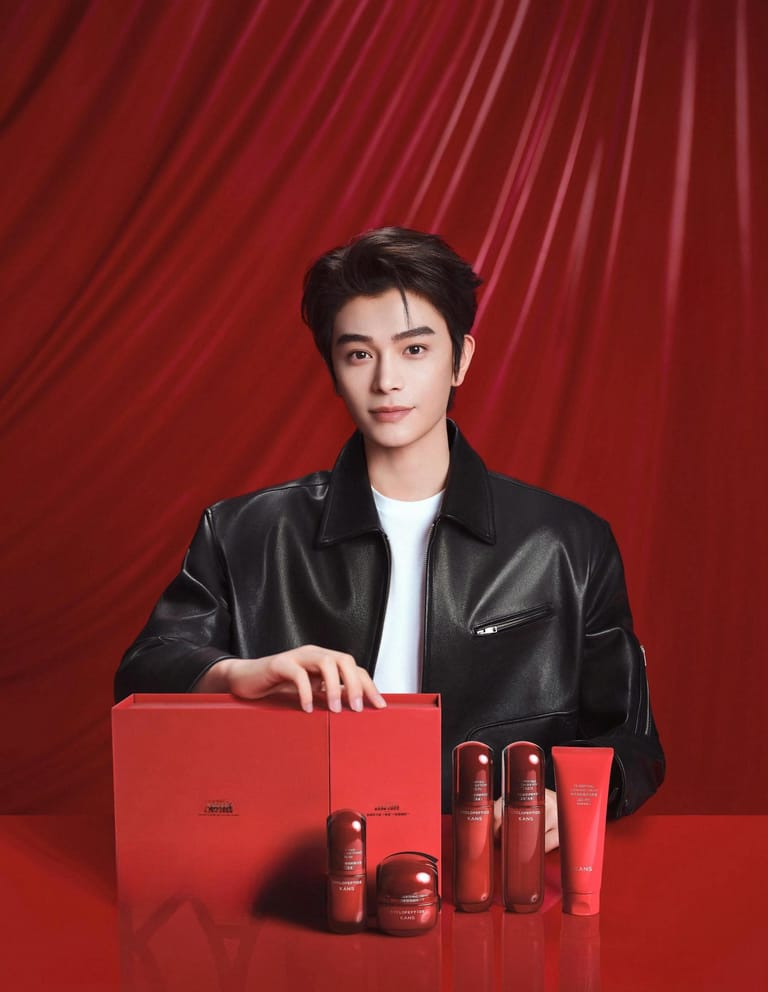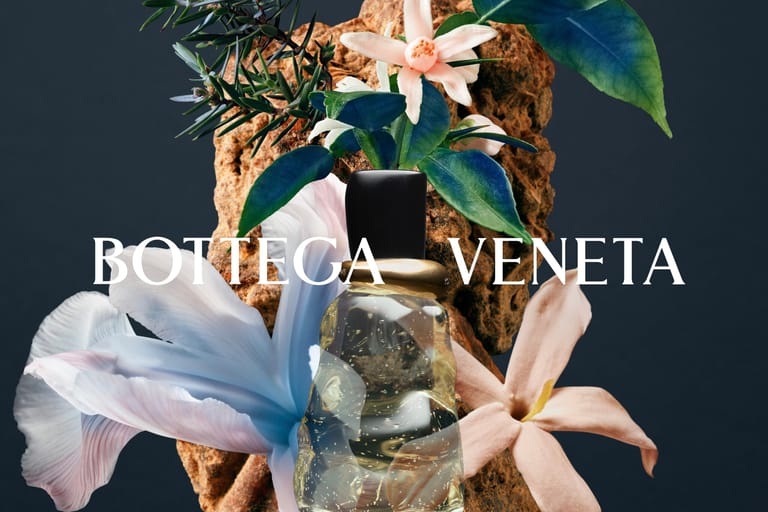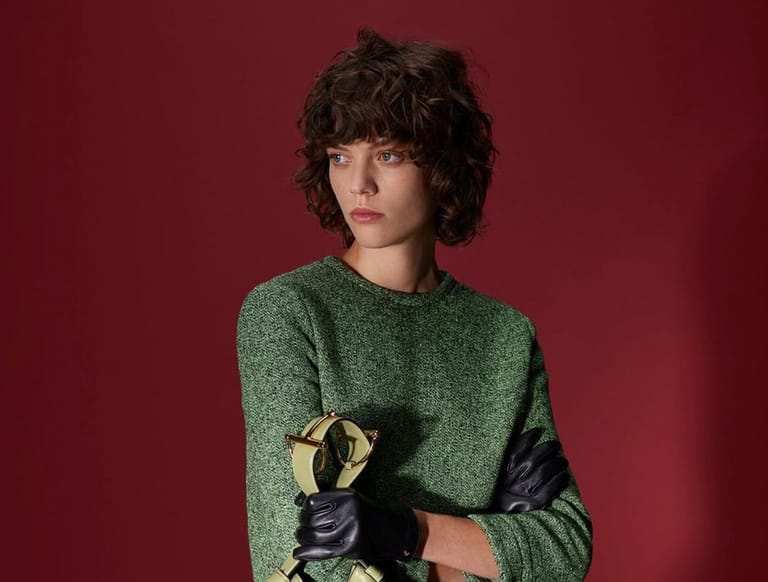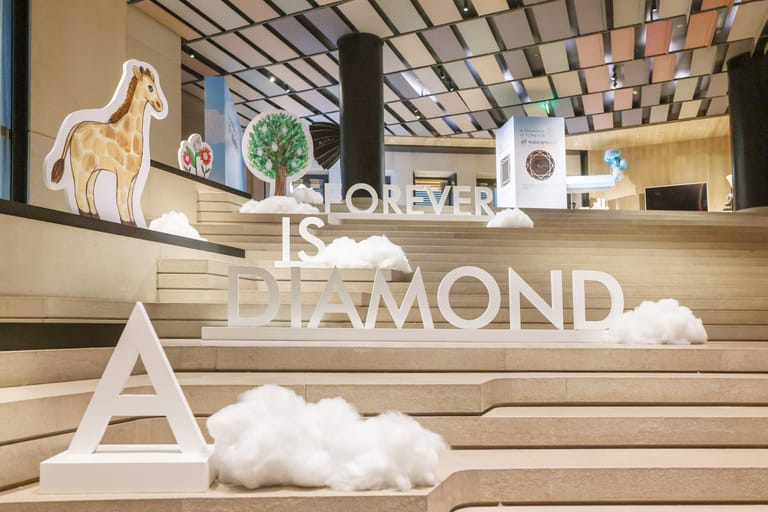Monday Briefing: From Louis Vuitton’s Seafaring Dreams to Van Cleef & Arpels’ Timeless Craft
By
Wenzhuo Wu
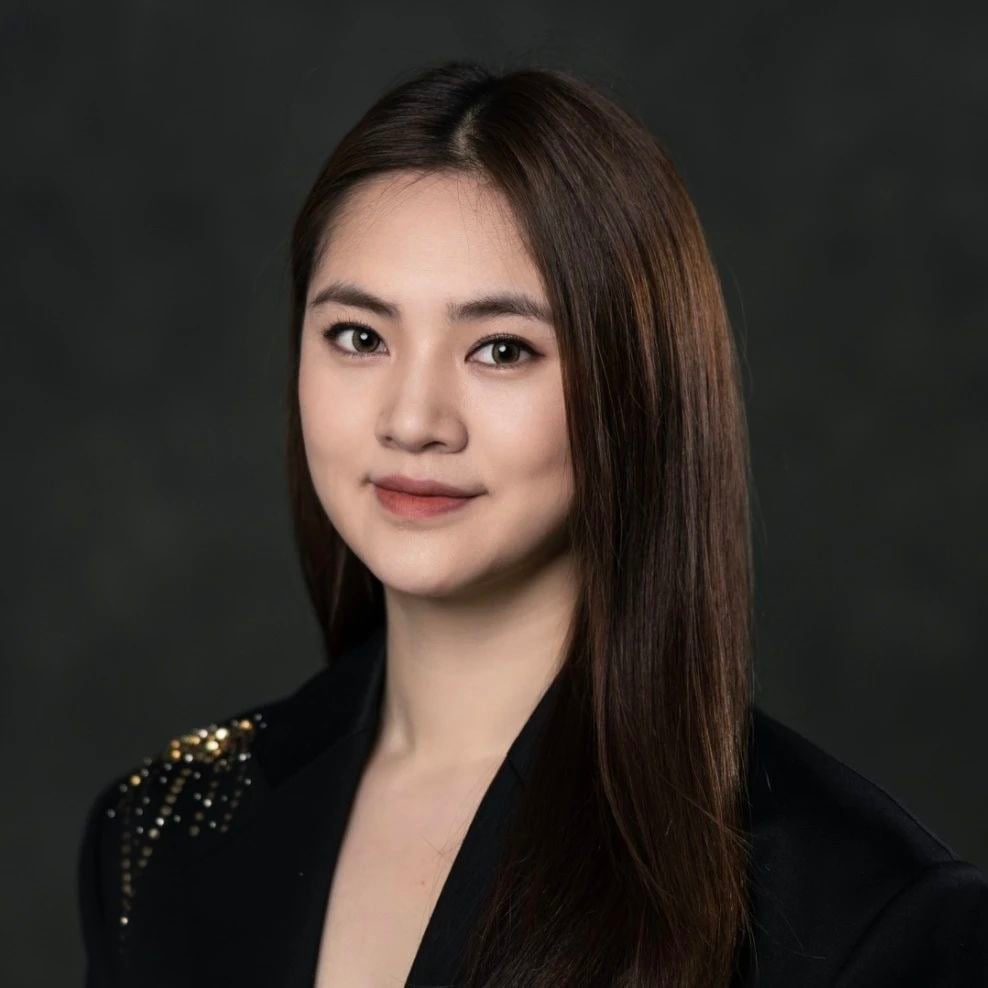
Published on
June 30, 2025
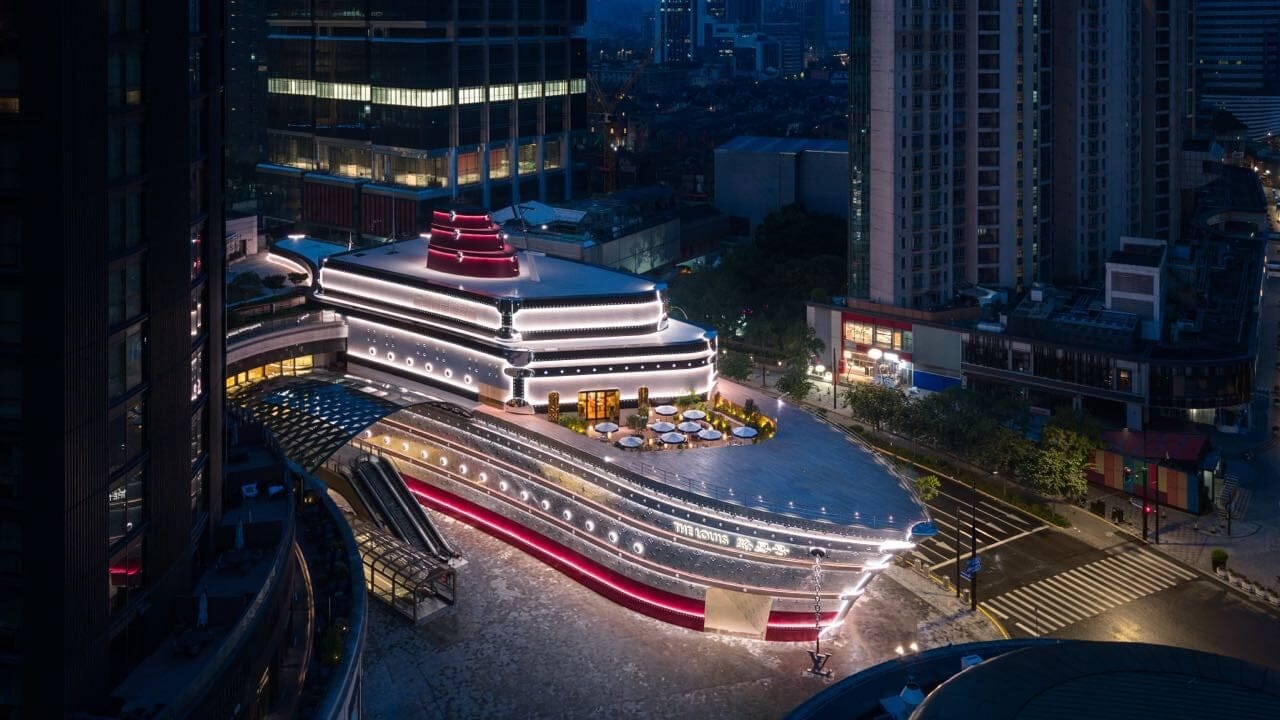
Start your week with sharp analysis and fresh insights into China’s latest cultural, Seafaring luxury, and consumer trends. Monday Briefing connects the dots between local shifts and global repercussions, highlighting relevance to the luxury market, business strategies, and modern lifestyle trends shaping our world today.
Shanghai’s cultural calendar is in full swing, with global luxury houses rolling out immersive experiences and high-stakes debuts. From Louis Vuitton’s fantastical ship-shaped installation and boutique in Shanghai, to Van Cleef & Arpels’ poetic horological showcase, and the fashion world’s close read of Jonathan Anderson’s Dior menswear debut, each signals a directional shift in how luxury brands shape narrative, environment, and expectation in China.
Louis Vuitton Drops Anchor in Shanghai with “The Louis”
On June 28, The Louis officially opened to the public—an eye-catching new structure resembling a life-sized ship docked along the Bund. Designed in collaboration with architecture firm OMA, the vessel merges three elements: retail, hospitality via Le Café Louis Vuitton, and an archival-inspired exhibition titled Visionary Journeys.

The design is a surreal nod to the maison’s 19th-century maritime roots. Zinc-lined travel trunks from 1868, once made to withstand sea humidity, are stacked high in architectural layers that merge past and present. The multi-deck experience culminates in a terrace café, reinforcing Shanghai’s port identity as the “Gateway to the East.”
Before opening day, Louis Vuitton hosted a private 24-hour experience for select guests, packed with cultural and wellness activations—from a Tai Chi session at sunrise to a poetry salon with writer Mian Mian. The gesture was unmistakably clear: Louis Vuitton is investing in lifestyle storytelling that transcends retail, aligning Shanghai with its global flagship strategy seen in Seoul and Paris.
“The Louis” underscores Louis Vuitton’s confidence in Shanghai as a global stage. As luxury brands deepen roots in China, architecture and cultural programming are becoming core to brand mythology—turning physical locations into seasonal pilgrimages for both media and consumers.
Van Cleef & Arpels Presents ‘Poetry of Time’ Watchmaking Exhibition
Running from July 1 to August 11, Van Cleef & Arpels debuts its Poetry of Time exhibition in Shanghai—an immersive showcase of the maison’s haute horlogerie. Through themed zones such as “Romance of Time,” “Celestial Poetry,” and “Dancing Fairies,” the event offers more than static displays; it dramatizes the inner lives of mechanical timepieces with theatrical scenography.
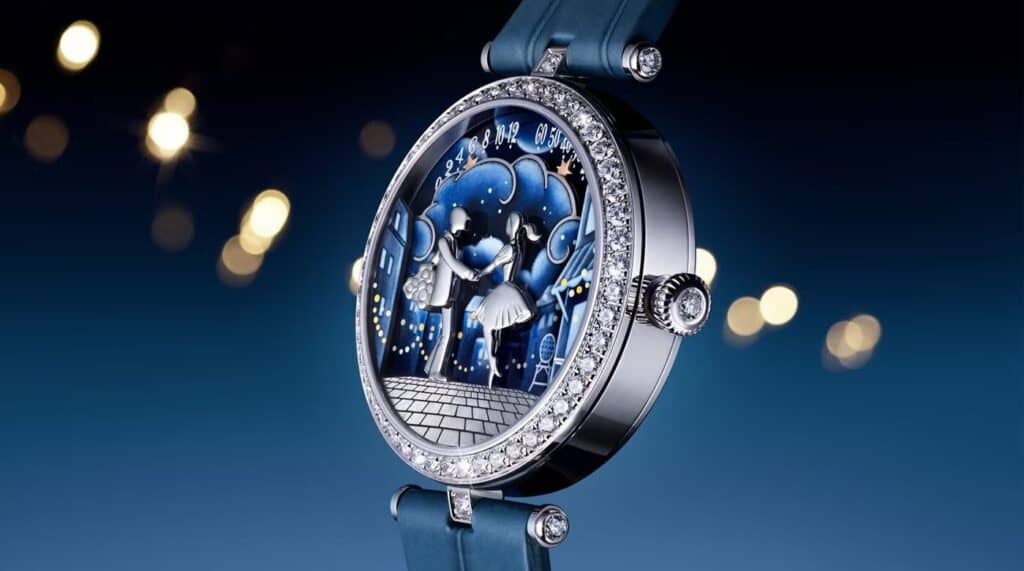
Notably, the Planétarium automaton makes its first-ever appearance in China, while the Perlée Extraordinaire Fruits Enchantés watch launches here before anywhere else, reflecting the brand’s strategic priority to make China a primary reveal market.
Van Cleef & Arpels’ commitment to staging free, high-production-value exhibitions for the public illustrates its long-term vision in China. With a rising appetite for narrative-driven luxury and family-friendly educational experiences, this exhibition is both brand-building and CRM gold.
Jonathan Anderson’s First Dior Menswear Show: A Tentative Step . Seafaring
On June 29, Jonathan Anderson revealed his debut Spring/Summer 2026 menswear collection for Dior—a moment that had both fashion insiders and Chinese netizens watching closely. His show played with British tailoring, youth culture, and surrealist gestures, but leaned heavily on his existing visual language honed at JW Anderson and Loewe.
On Chinese platforms like RedNote, early reactions skewed critical. Users noted the collection’s lack of distinct Dior DNA, calling the silhouettes too derivative of JW Anderson’s past works. While Anderson’s conceptual flair is undisputed, Dior’s heritage remains the bigger question: Can his boundary-pushing instincts coexist with a brand known for sartorial legacy and Parisian grace?
Anderson faces a delicate balancing act. At Dior, continuity with house codes matters, especially in China, where legacy plays a pivotal role in brand trust. His multi-line responsibility—menswear, womenswear, and couture—makes Dior a crucible for redefining what creative direction means in the LVMH era.
Stay Connected Through Our Weekly Newsletter





